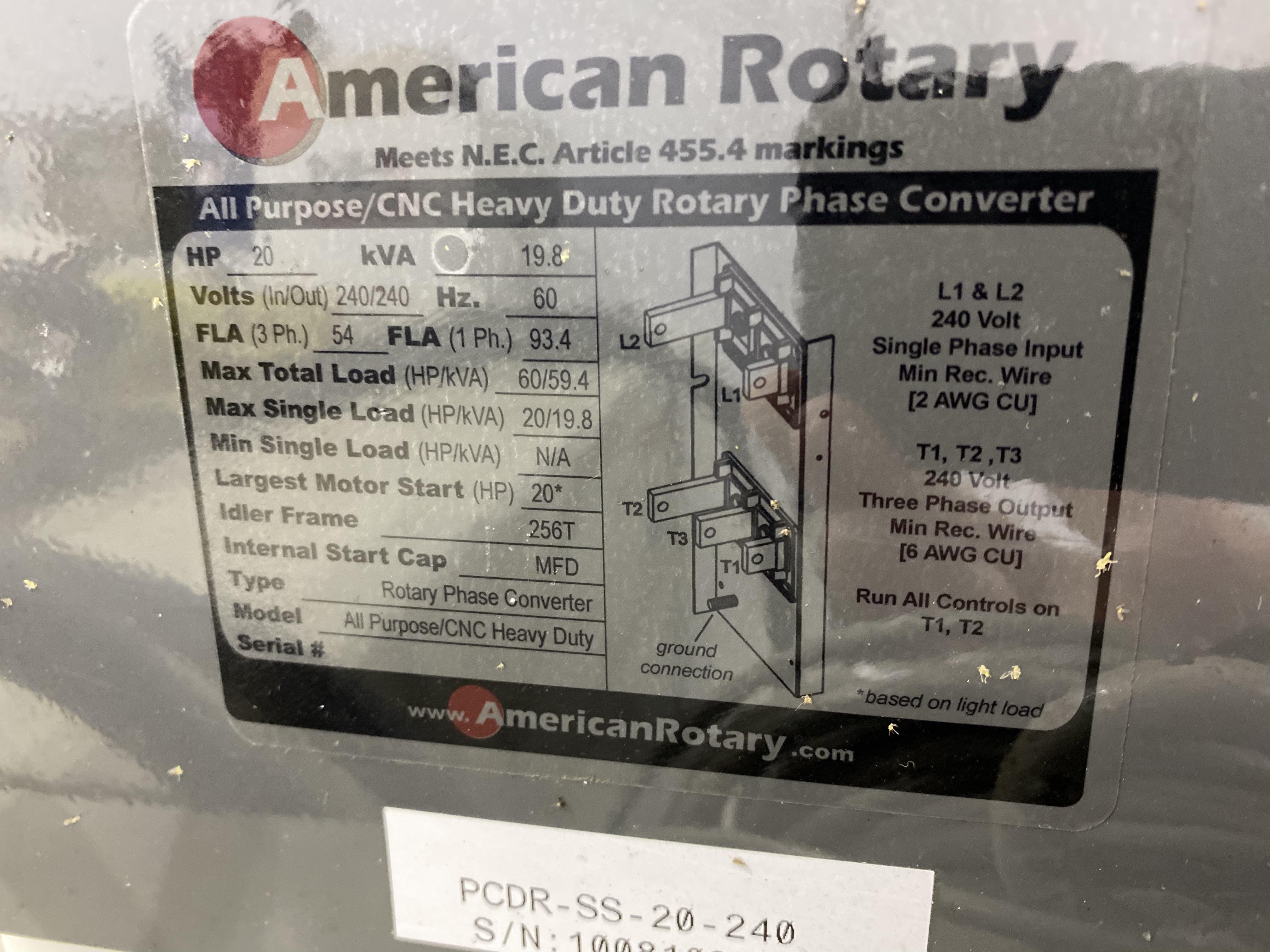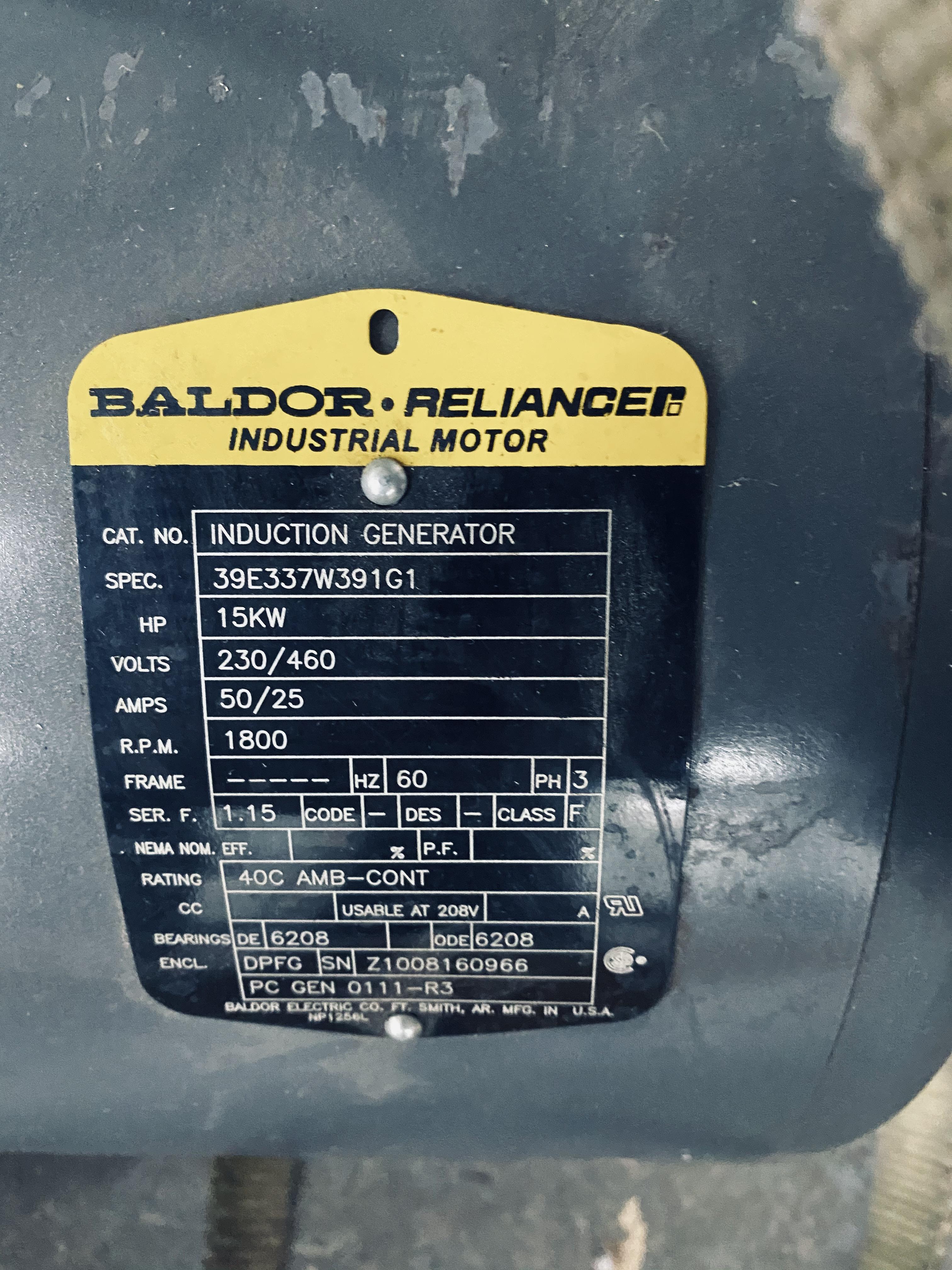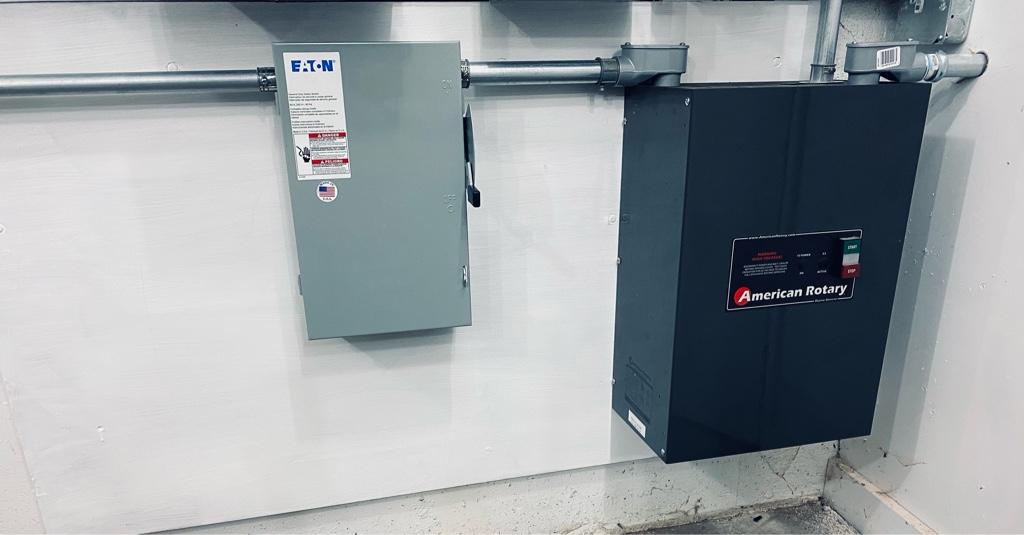- Joined
- Jun 17, 2016
- Messages
- 348
I might not even be able to start this thing at all. Just found out my meter box has 1/0 aluminum wire coming into it. That can't be good for ampacity. That's what 100A service? 125A tops? I don't wanna blow the transformer and lots of angry neighbors. 




